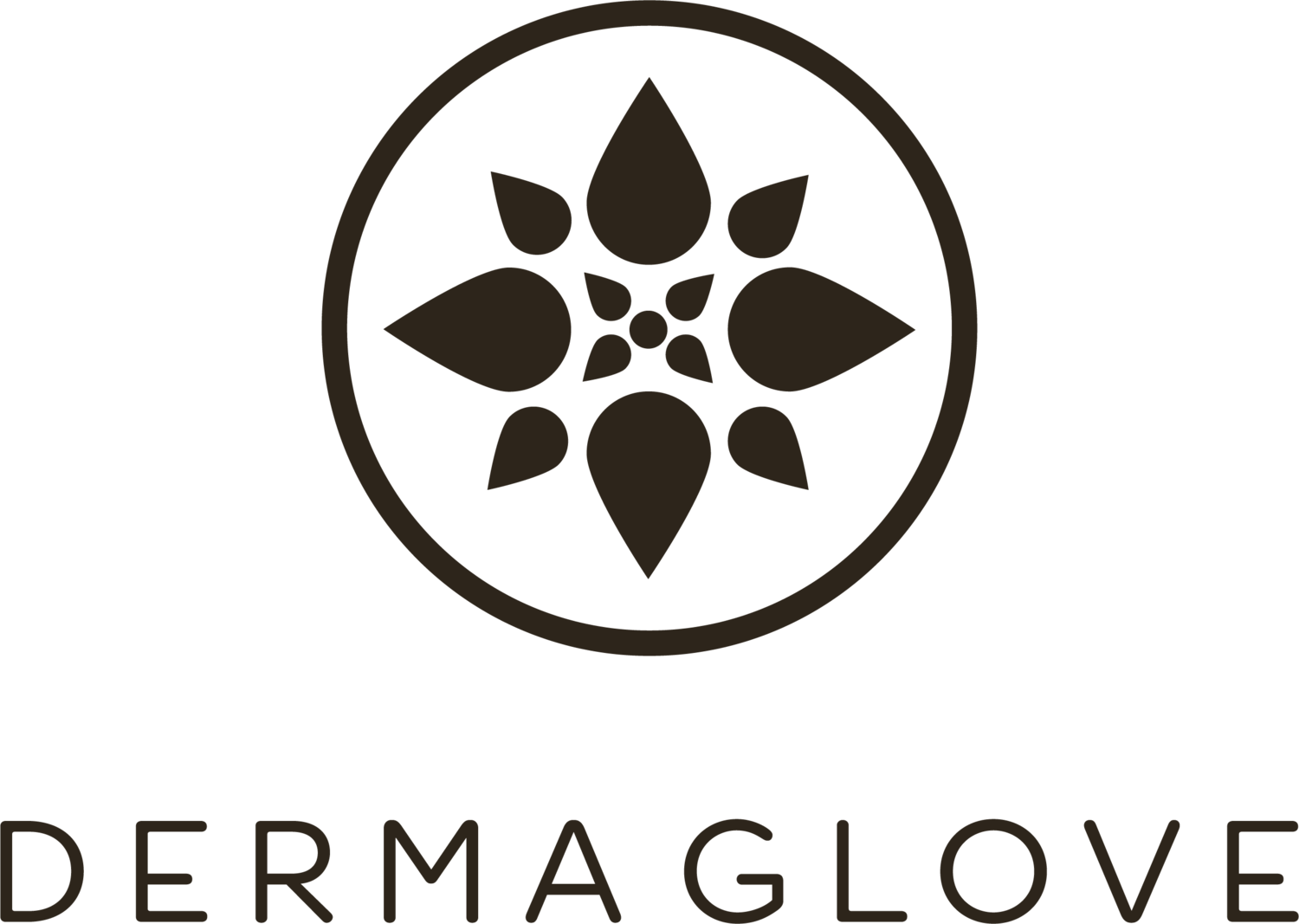ACCEPTING WHAT WE DON’T KNOW IS THE FIRST STEP TO LEARNING
As I began preparing for my Podcast Series for later in the summer, I started researching and recounting why I created Aquagreen Clean Products and Certified Facility Programs. After two weeks of research and self-reflection, I called my podcaster friend and asked if I could change my role on the panel for an upcoming podcast. Instead of telling the public about my successes and struggles as a small woman-owned business, I will share what I have learned to believe is essential in cleaning practices while maintaining environmental consciousness. Over the summer, I will be providing a variety of articles revealing what I’ve learned over my 30 plus years of hands-on experience.
My first objective is to better understand the trend involving people misusing disinfectant wipes. I know that disinfecting wipes can expose the skin and body to alarming levels of a dangerous chemical group – quaternary ammonium compounds, also known as QACs, or “quats.” But did others know this?
What I have learned is…
Quats are standard components in popular disinfectant wipes and sprays, especially those that claim to “kill 99.9% of germs”. But in a new peer-reviewed paper, the researchers assembled the conclusions from a fast-growing body of quat studies that point to several main issues: the chemicals are linked to severe health problems, contribute to antimicrobial resistance, pollute the environment, and are not particularly effective.
What are QACs (quats)?
QACs are a class of hundreds of chemicals used in paints, pesticides, hand sanitizers, personal care products, and more. Among other health issues, recent research has linked them to infertility, congenital disabilities, metabolic disruption, asthma, skin disorders, and other diseases.
When products are offered to the public as a sanitizing solution, or facilities misuse products, humans can be unknowingly exposed to quats in their bodies through several routes. The chemicals can be dermally absorbed or orally ingested after one touches a disinfectant wipe or when they stick around on surfaces after using disinfectants. Inhalation is also a risk, especially with spray disinfectants. The chemicals are also known to attach to dust and go airborne.
Among the at-risk groups are small children, pregnant mothers, and the elderly or immune-compromised population because wipes are frequently used in high-touch, high-traffic areas such as museums, family-oriented exhibit halls, daycares or schools, planes, rideshares, gyms, restaurants, supervised elderly care facilities by healthcare workers, cleaning professionals, and others who frequently rely on disinfectants as a cleaning solution in these types of settings.
The chemicals are persistent and bioaccumulative, accumulating in human bodies and the environment. In addition, quats are highly toxic to fish and aquatic life, and “a substantial body of evidence” suggests they probably contribute to creating superbugs, or antibiotic-resistant pathogens, the paper states. It also calls into question quats efficacy.
Research suggests
Disinfection with quats often has only a small benefit over plain soap and water when it comes to killing germs, and neither is thought to be needed to stop the transmission of Covid, which happens through the air. Disinfectants will eliminate more germs, but there’s still a question about how much more?
Still, companies continue to use quats. Consumers buy disinfectants in high volume due to needing clarification about when to disinfect versus when a robust non-toxic, organic cleaning and sanitizing solution and practice is the better and safer option. Chemicals of concern should only be used where their function is necessary for health and safety or is critical for the functioning of society, and no safer alternatives exist.
After spending more than a decade cleaning and restoring office interiors while relying on these dangerous chemicals in the ’90s, I began questioning the environmental and personal health effects because I did not understand what I didn’t know. By 2002, I saw that typical janitorial cleaning products were not always the right solution. This is when I accepted and understood the need to develop AQUAGREEN CLEAN Products and Programs to offer safer and cleaner solutions. Through extensive research and development, I realized that, like myself, many facility managers and building owners did not understand that not all janitorial products are the correct answer for indoor cleaning and interior restoration. Along the way, I developed a conscience through my research, and several safe, non-toxic, organic products were designed. My mission was to ensure that my non-toxic, enviro-safe products, practices, and methodologies for on-site staff training sessions worked effectively. These products and this knowledge became the tools required to ensure that any indoor environment could feel safe and protected. Don't hesitate to get in touch with me to learn more!




